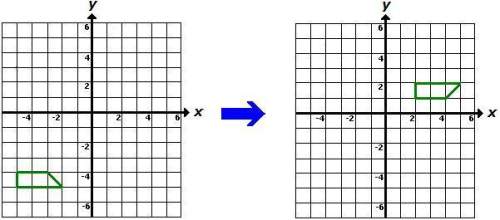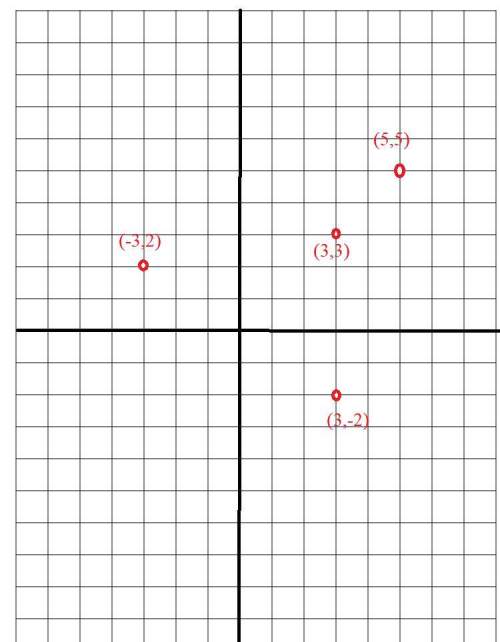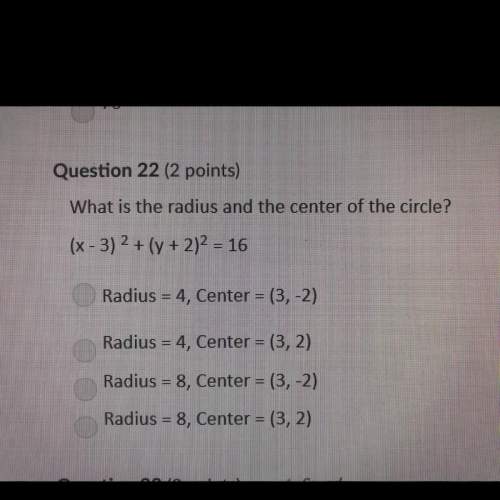
Mathematics, 02.04.2021 04:20 amanquen35
A manufacturer of nickel-hydrogen batteries randomly selects 100 nickel plates for test cells, cycles them a specified number of times, and determines that 14 of the plates have blistered. Of interest is testing the hypothesis that more than 10% of plates blister under these circumstances. a) If it is really the case that 16% of plates blister under these circumstances, what is the probability that the null hypothesis will not be rejected using a significance level of \alpha

Answers: 1


Another question on Mathematics

Mathematics, 21.06.2019 23:30
What is the ratio for the surface areas of the cones shown below, given that they are similar and that the ratio of their radii and altitudes is 2: 1? submit
Answers: 1

Mathematics, 22.06.2019 02:00
Choose the right classification of 5x + 3x^4 - 7x^3 + 10 by number terms and he degree 1. third degree polynomial 2. fourth degree polynomial 3. sixth degree polynomial 4. first degree binomial
Answers: 1


Mathematics, 22.06.2019 03:00
Alocal hamburger shop sold a combined total of 601 hamburgers and cheeseburgers on friday. there were 51 more cheeseburgers sold than hamburgers. how many hamburgers were sold on friday? a local hamburger shop sold a combined total of hamburgers and cheeseburgers on friday. there were more cheeseburgers sold than hamburgers. how many hamburgers were sold on friday?
Answers: 1
You know the right answer?
A manufacturer of nickel-hydrogen batteries randomly selects 100 nickel plates for test cells, cycle...
Questions








Mathematics, 22.07.2019 07:40












Mathematics, 22.07.2019 07:40






